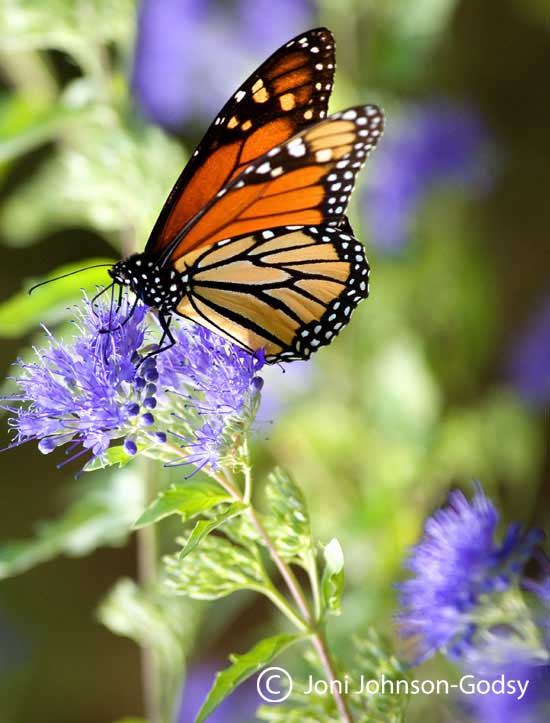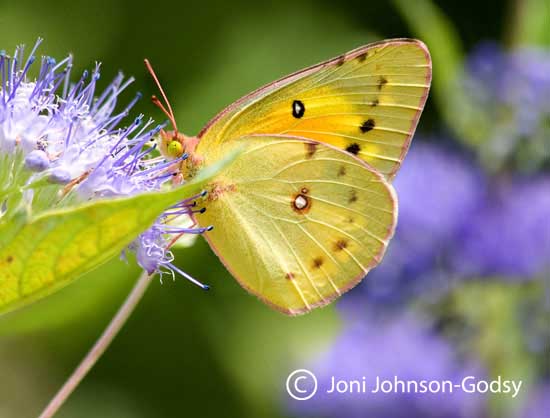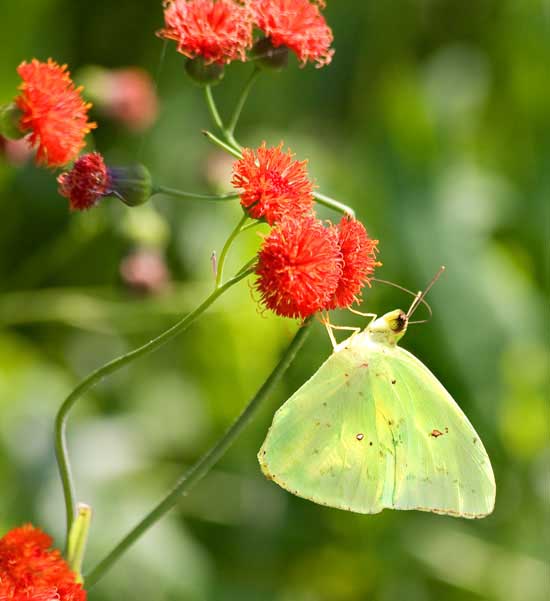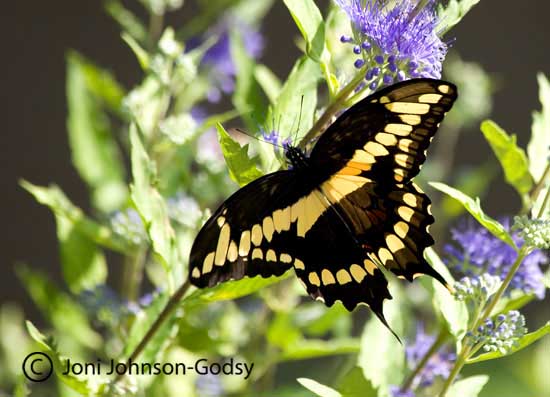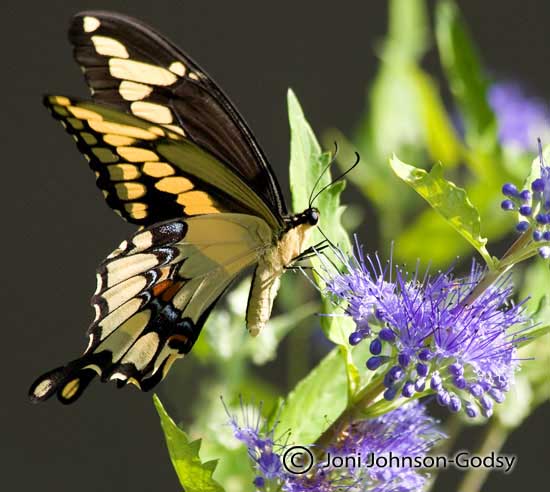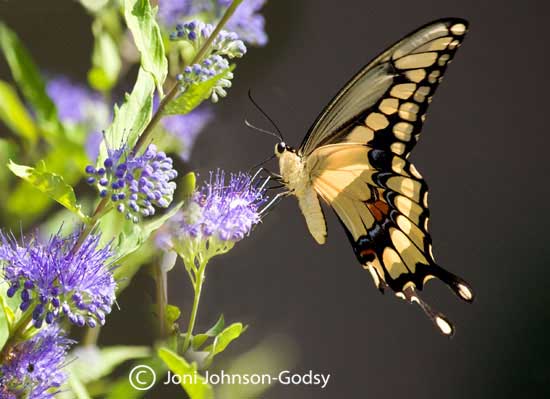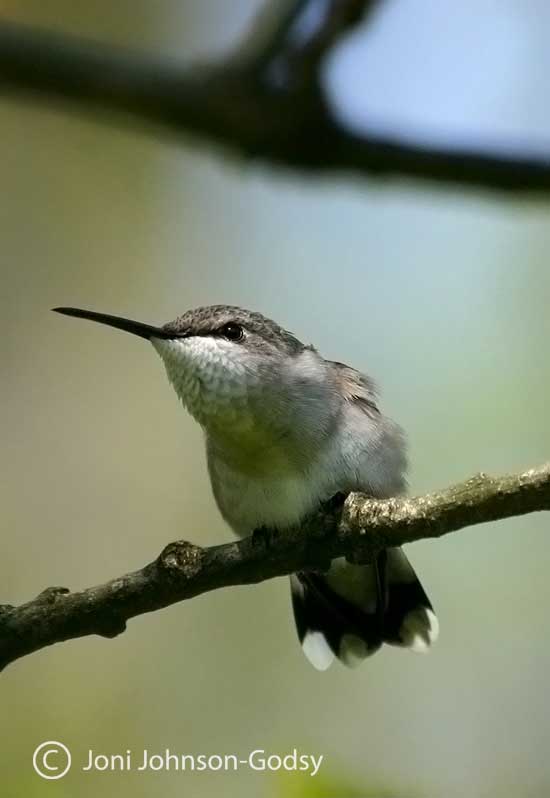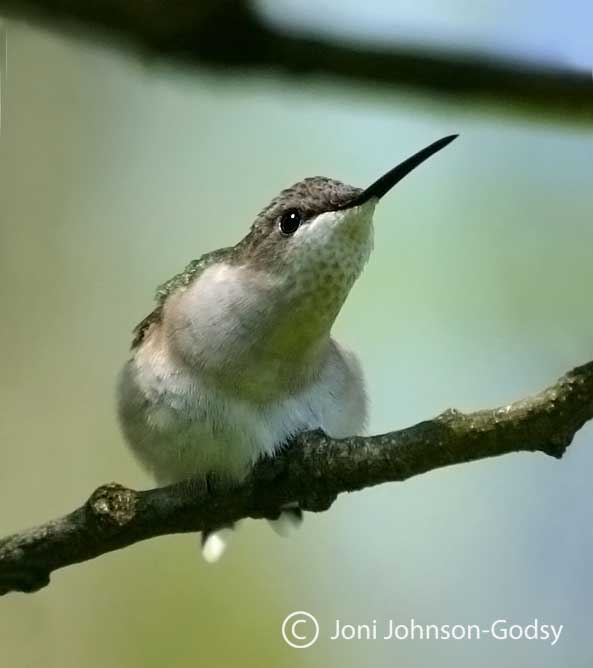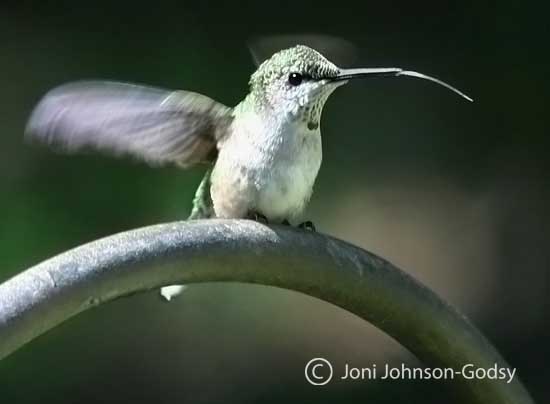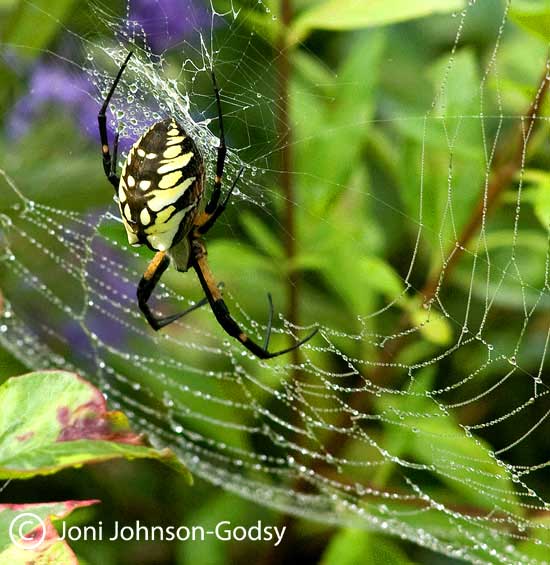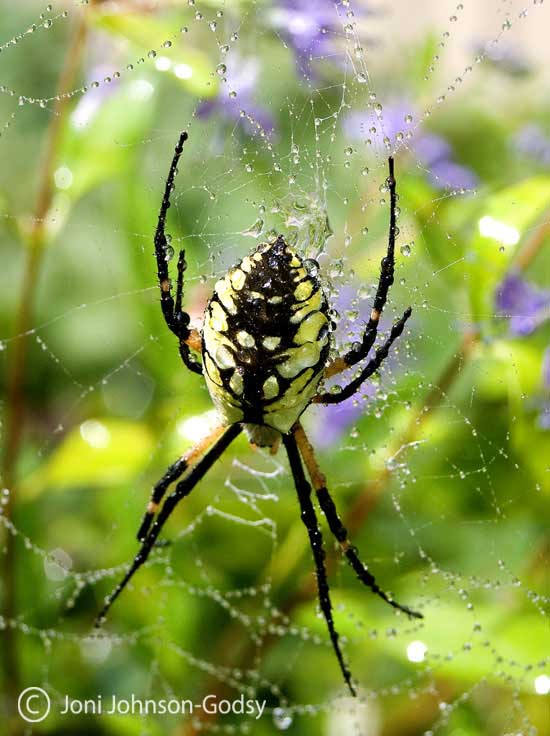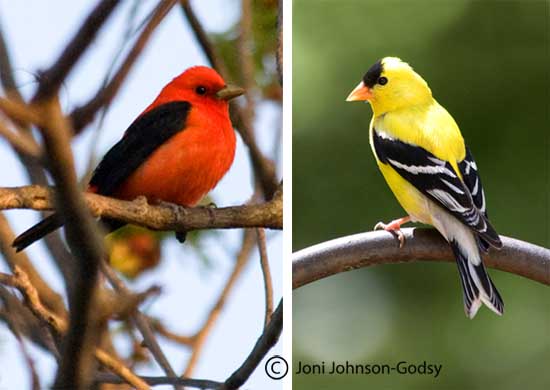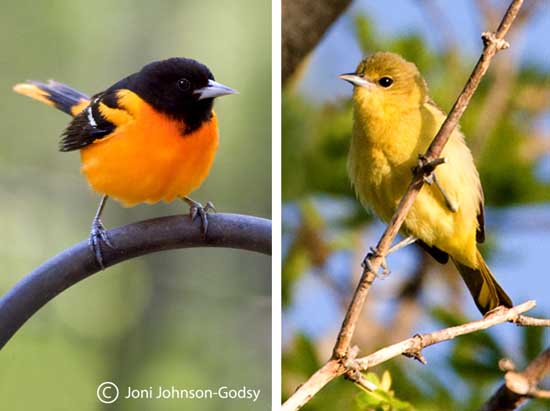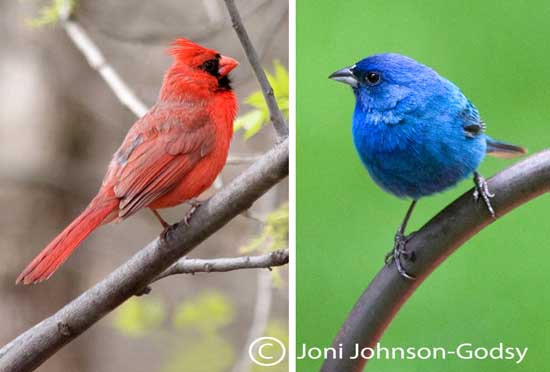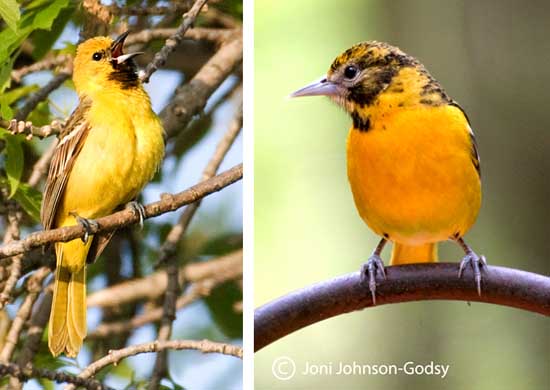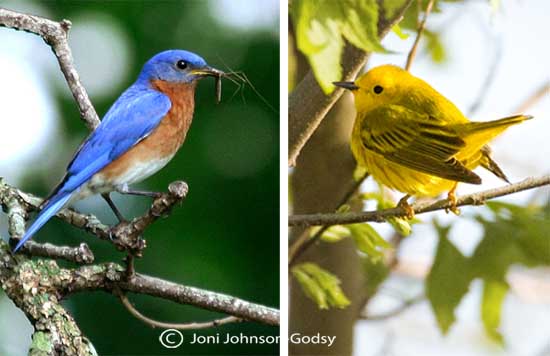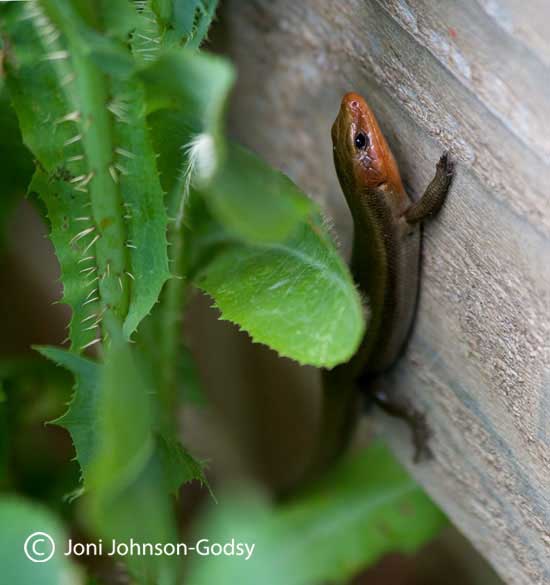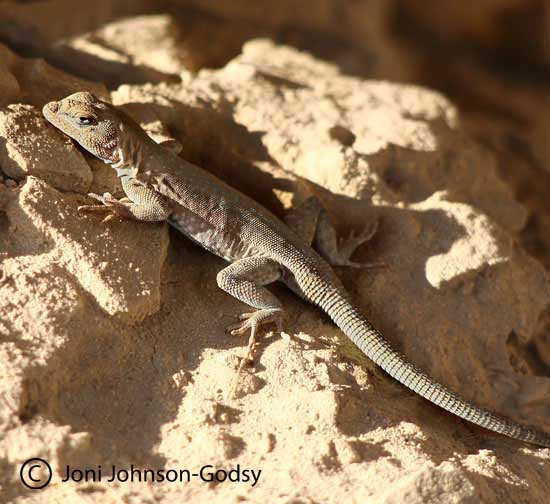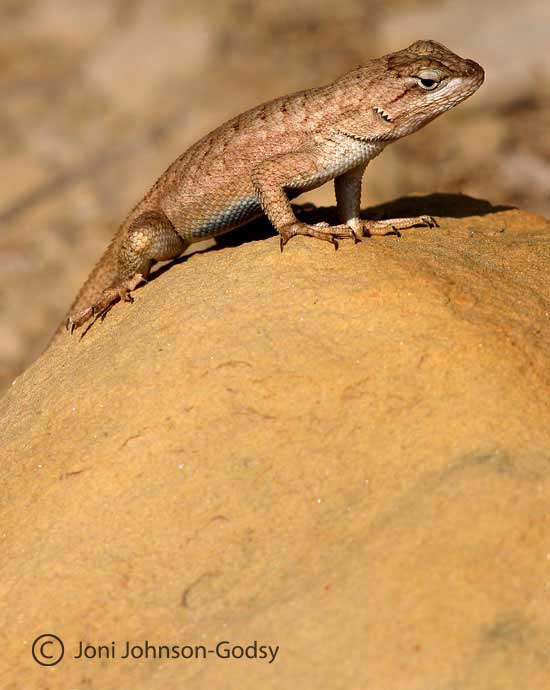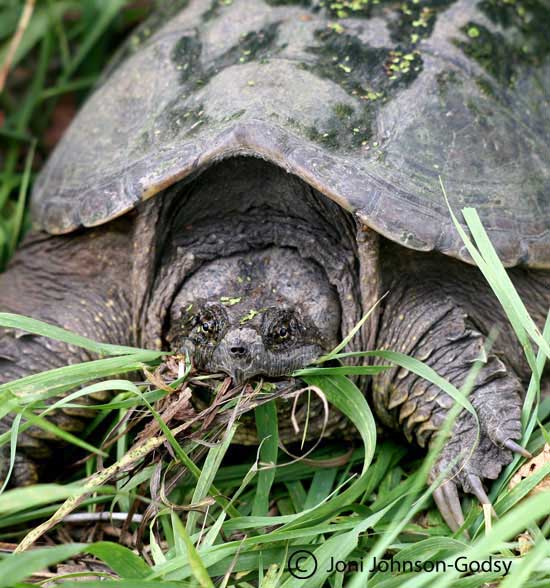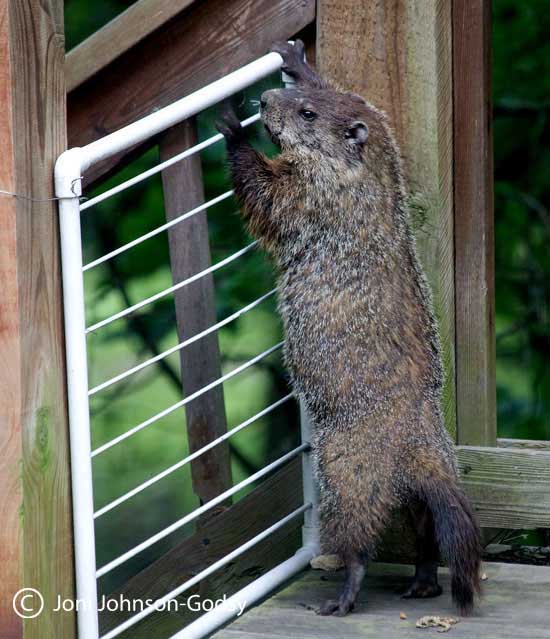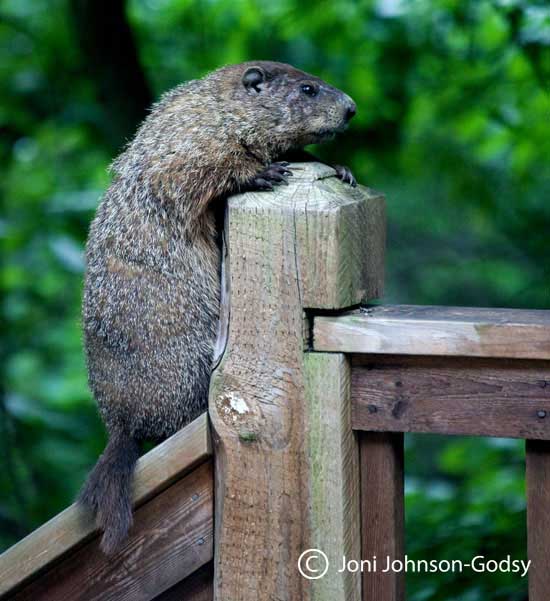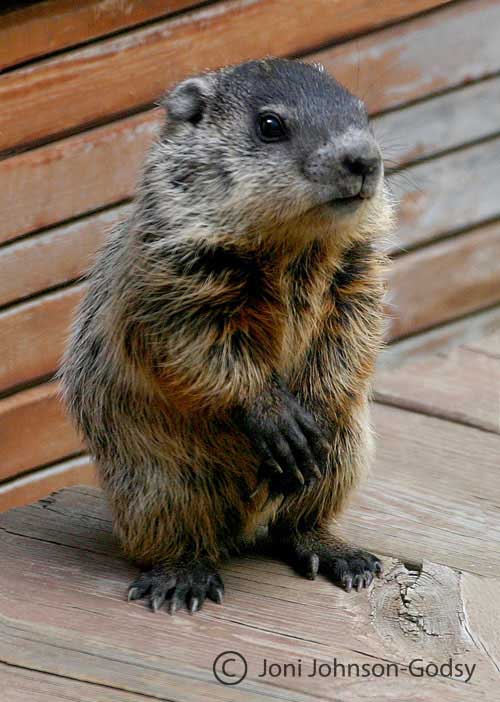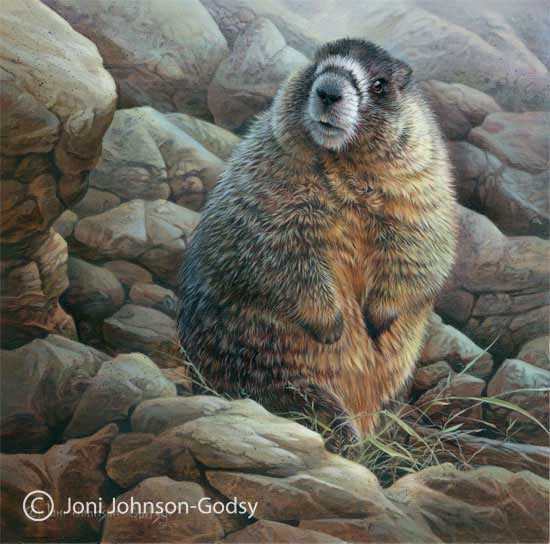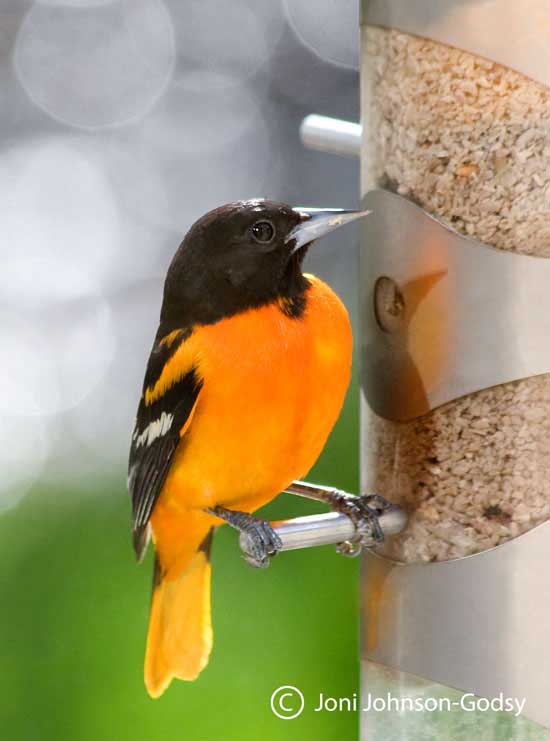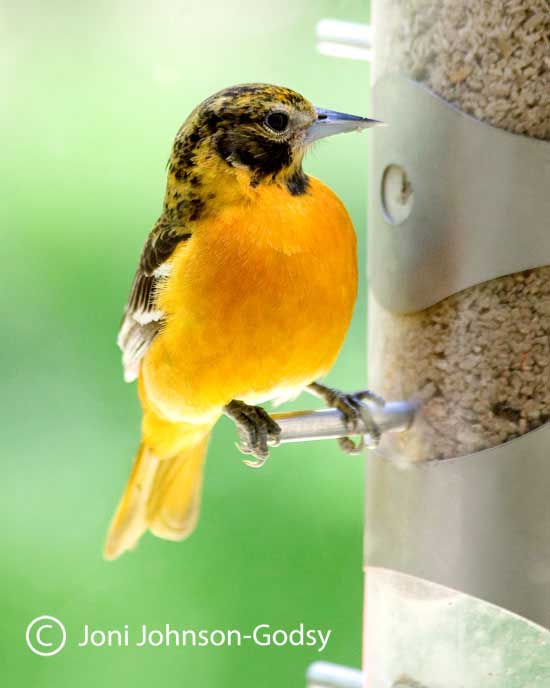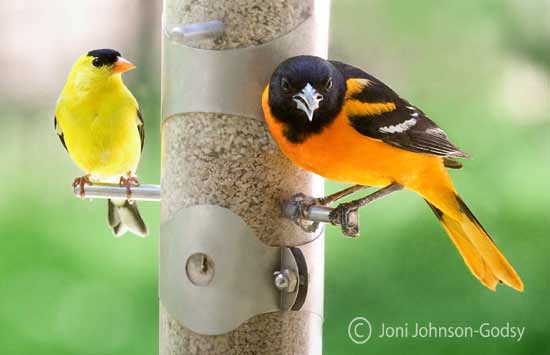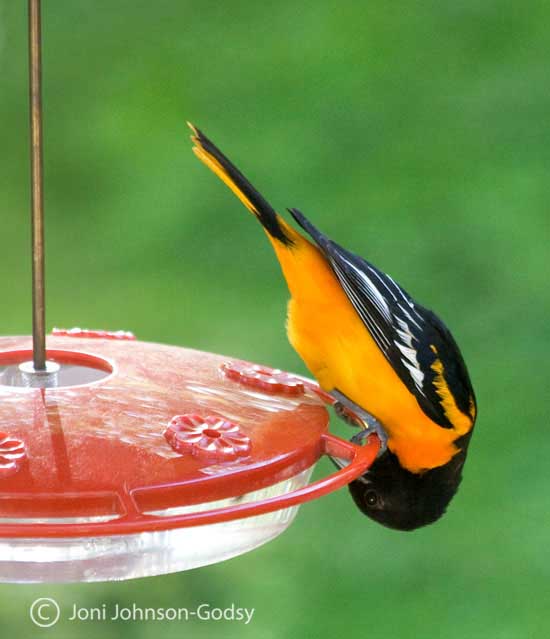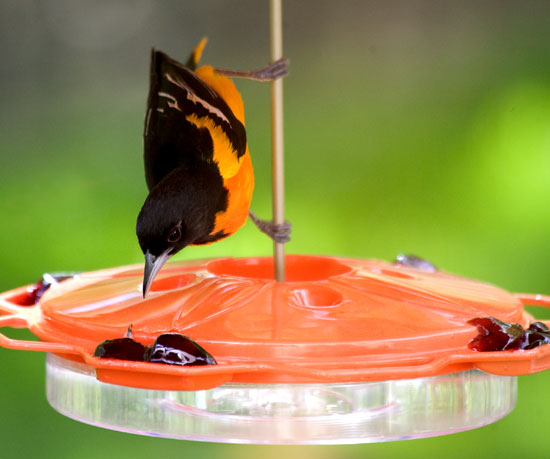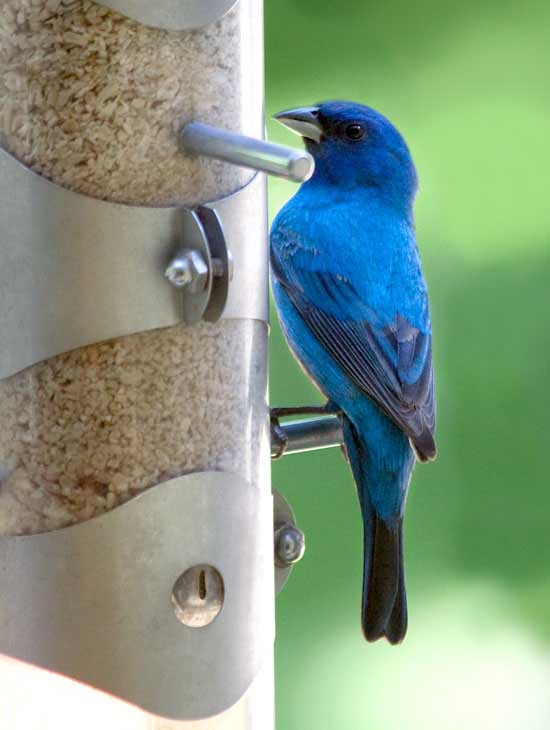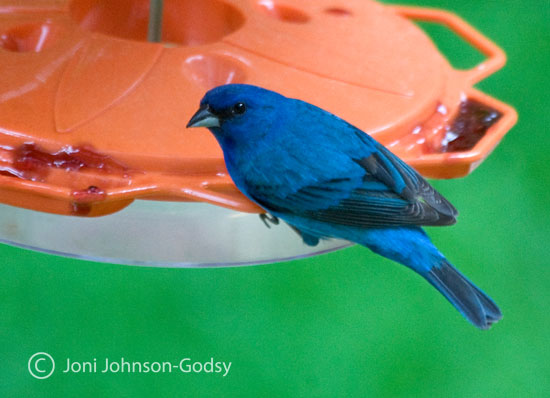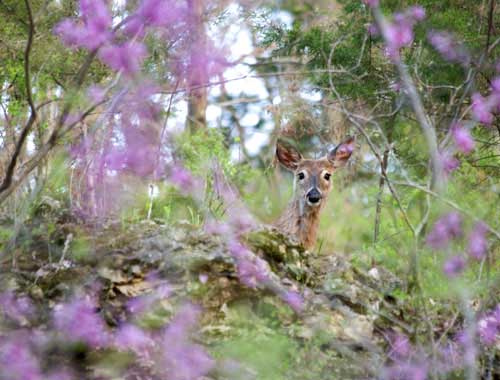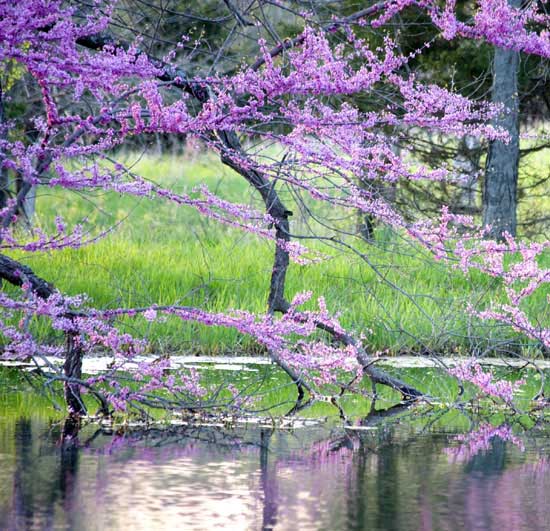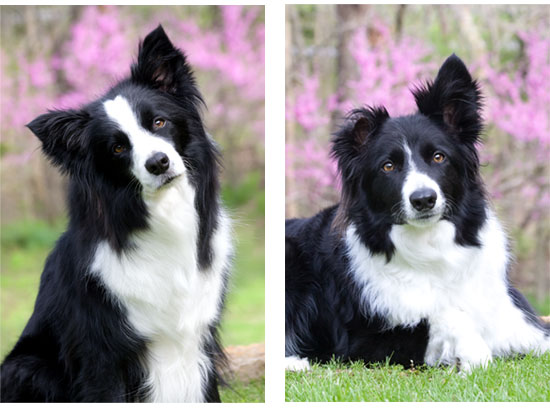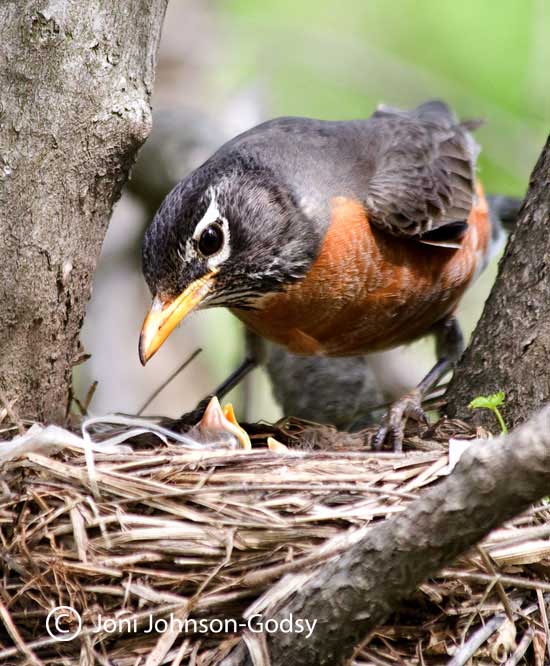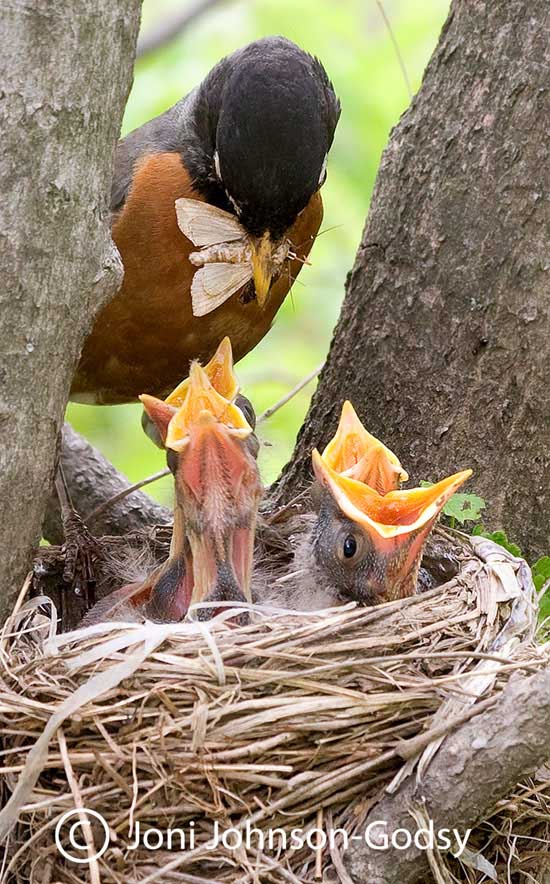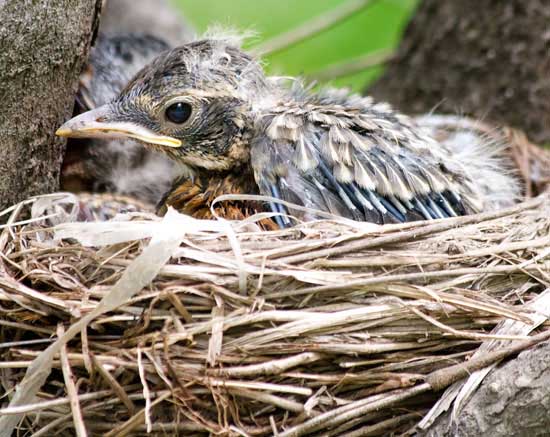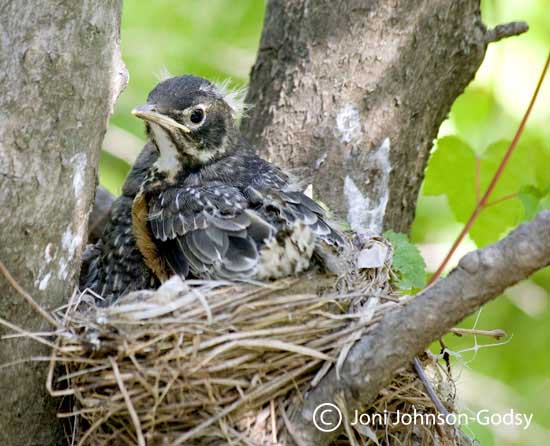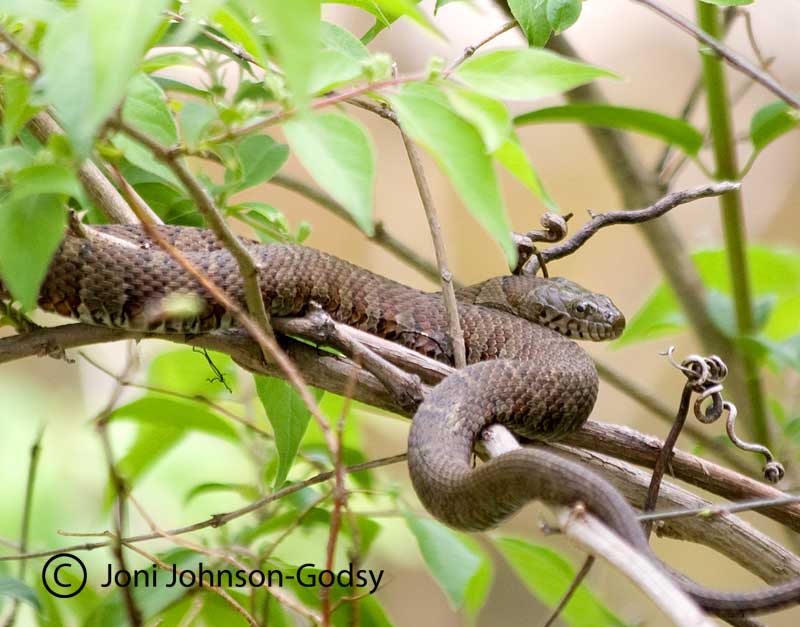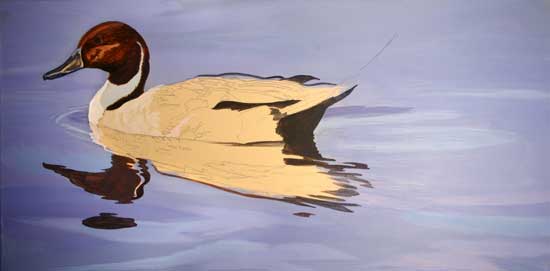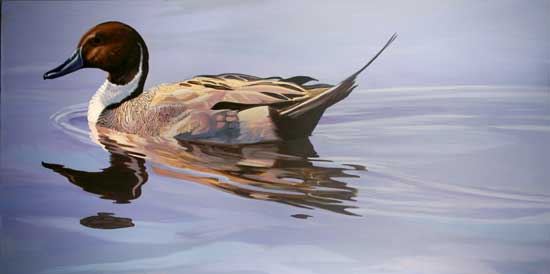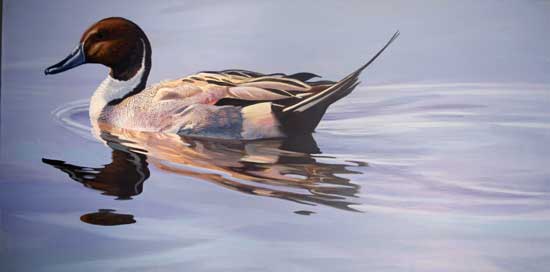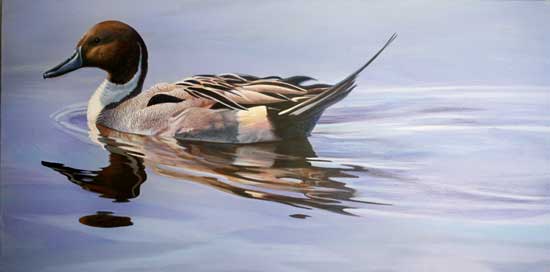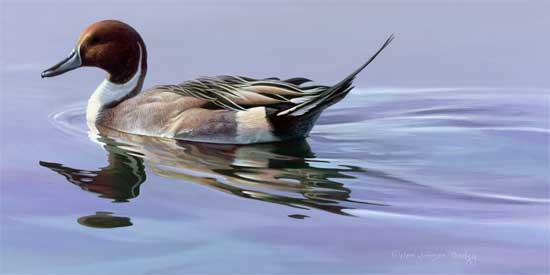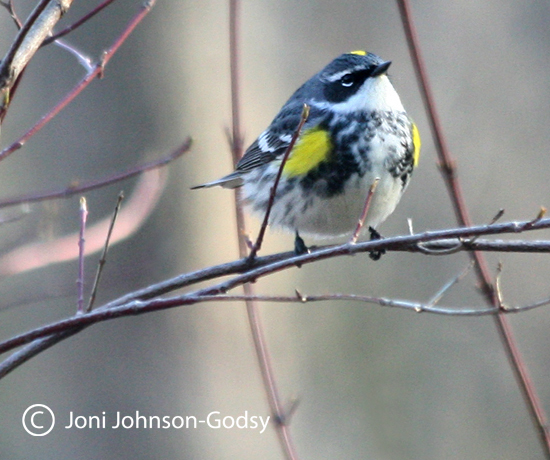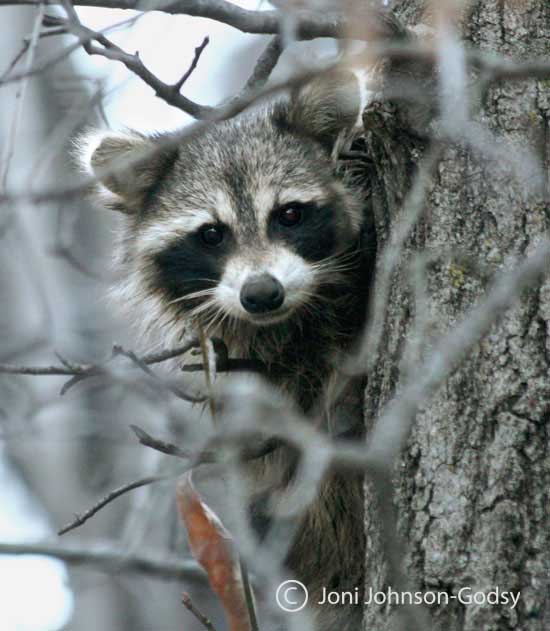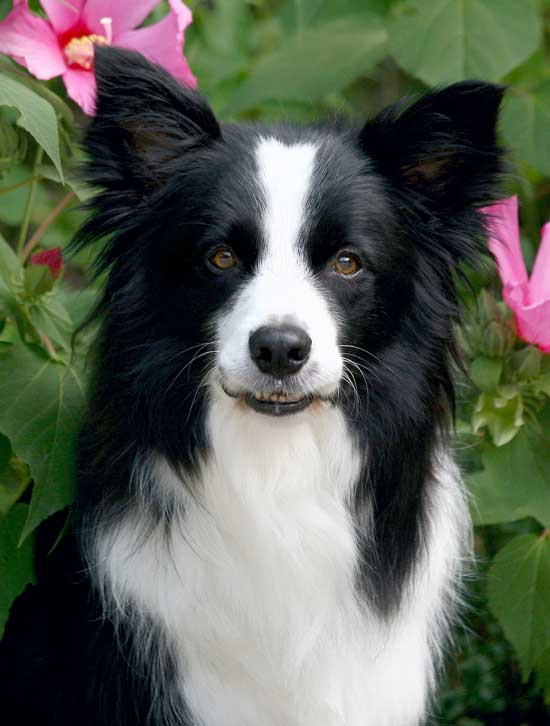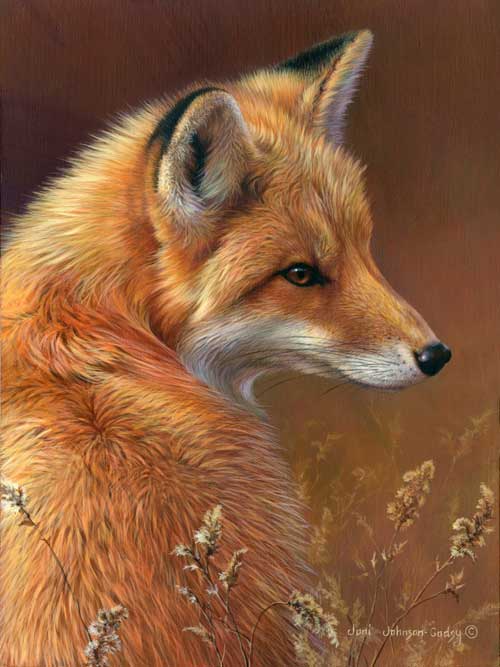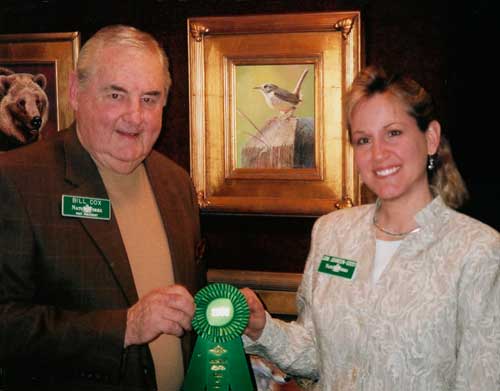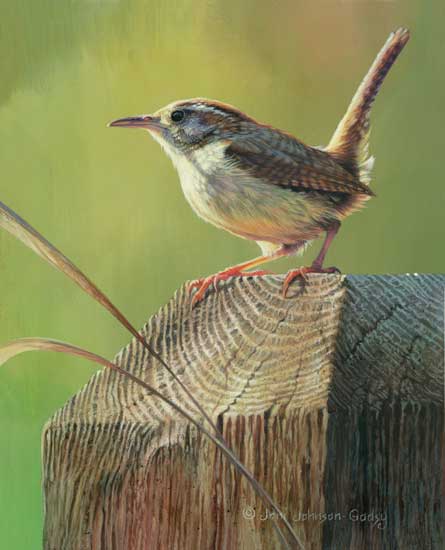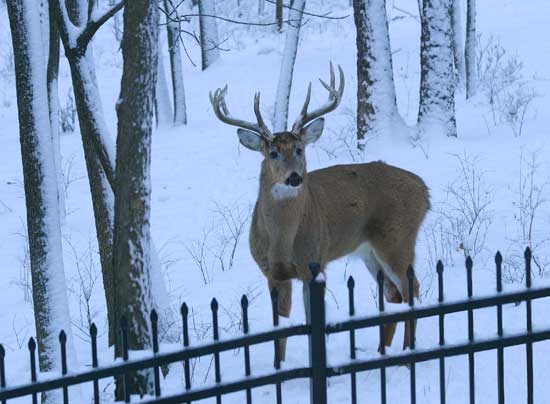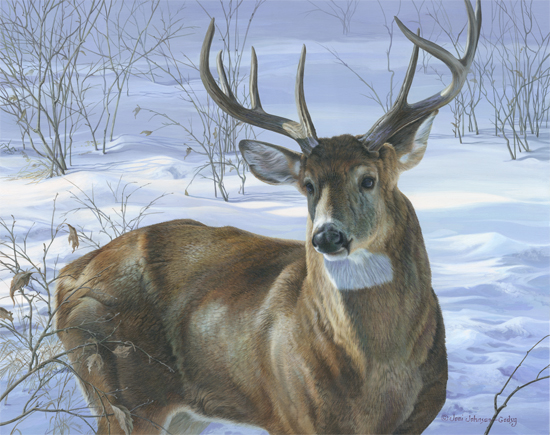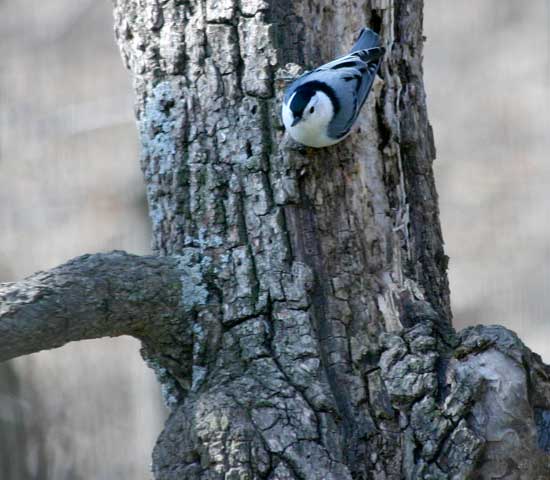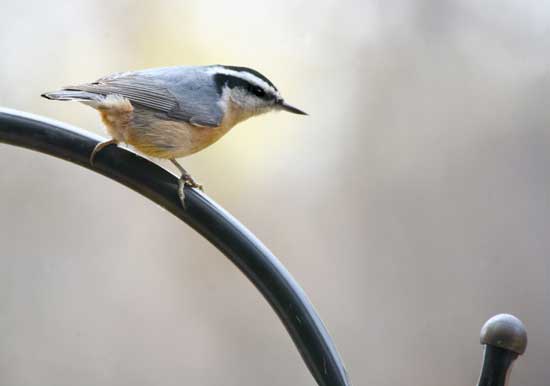Monsters roam in our woods like phantoms in the night. They arrive without warning, stay as long as they please and then vanish into thin air.
We have grown accustomed to living with monsters. In fact we have given each one a name. We have learned over time however, that it is not a good idea for one to name their monsters…
“Broad Beams” and “Twisty Tine” were two mature whitetail bucks at the peak of their prime. We most often saw them together, first under the cover of darkness and then as their confidence in us grew, at dusk and ultimately in daylight. They haunted our woods and ruled everything in sight.
We watched these two monster bucks grow bigger and bigger each year. By the winter of 2006-07, their ultimate size had become nearly ridiculous. They were an unrivaled pair that traveled together for a very long time.
One December morning I went for a stroll in our woods. I followed the deer trails as I usually do and stopped to study an old dead tree trying to decide whether or not it would make a good background for a painting. Suddenly, movement about 20 yards away caught my eye. It was strange movement in the tall grass, frantic and flailing. Then the movement stopped. This repeated several times before I realized that a huge buck was down, lying on his side on the ground kicking his legs, trying desperately with no avail to stand. His great head and antlers would repeatedly lift up into the air and return to the earth again with a loud thump.
Being the period of rut for whitetail, I gave him a wide birth. A burst of adrenaline could create panic and cause further harm to him and maybe to me. I checked back several times that afternoon. The state of things there had not changed. As evening came I could get closer and could see the life draining from the eyes of this great monster buck. By the next morning the buck had crossed into that unknown place where we ultimately will all find ourselves.
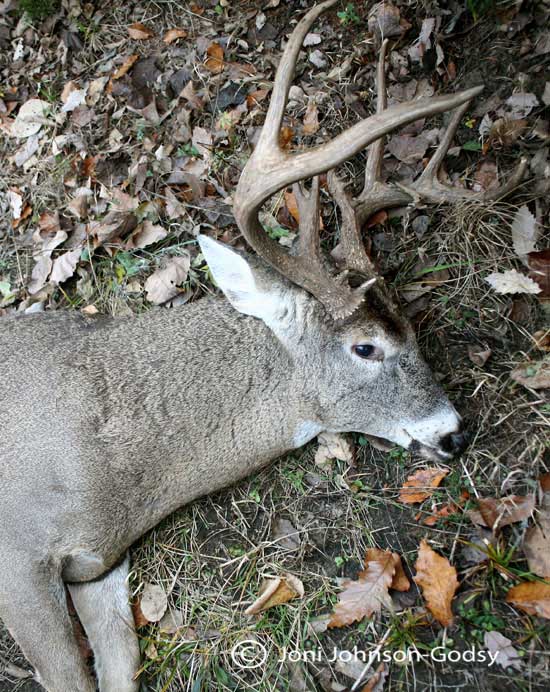
It was my husband who first recognized him. We hadn’t seen our monster bucks since the spring before; in the summer, the woods are thick and lush and the deer are mostly hidden from view. The antlers of a whitetail buck grow back differently each year after a shed. We realized to our surprise and disappointment, that this was our beloved Mr. Twisty. His antlers were different this year, but it was indeed the face of our old friend.

(Above) Twisty in his prime, sporting his whopping 16 point antlers (one tine is hidden). This is a post-rut photo.
Nature has a way of taking care of things. The death of one means life for others. Foxes, raccoons, bobcats, turkey vultures and coyotes were all able to reap benefit from Twisty’s demise. They all ate very well throughout that winter.
I had seen our other monster Broad Beams shortly after I found Twisty dying. Deep scars all over his face and wounds on his legs told a story. With the ladies around it apparently was finally time to decide once and for all who was going to be King. I could tell by looking at how beat up Broad Beams was, that his was not an easy victory.
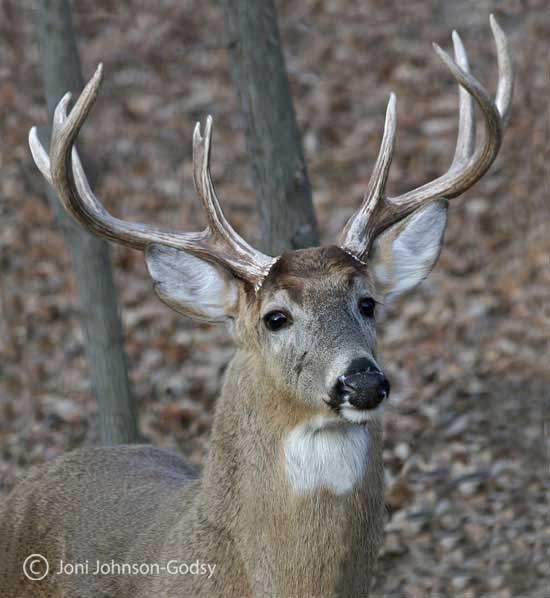
(Above) Broad Beams in his prime, the old man of the forest who became the unrivaled King.
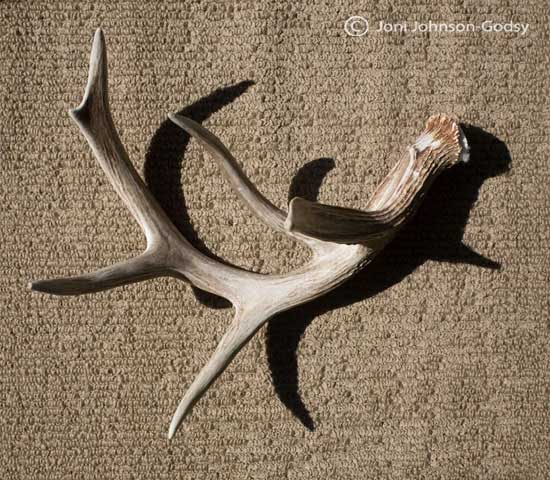
The King’s sward (above). My husband found the shed weapon of Broad Beams that likely finished off the great Mr. Twisty.

(Above) Mr.Twisty as he lives on today…the beautiful sculptural remains of a once great giant.… FOND FAREWELL, OLD FRIEND…

